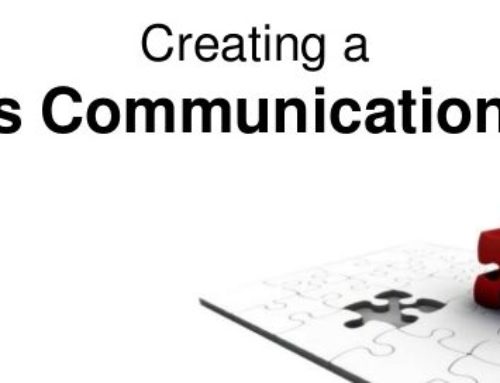Note: This article was originally published in The Wall Street Journal.
Suppose a scientific conference on cancer prevention never addressed smoking, on the grounds that in a free society you can’t change private behavior, and anyway, maybe the statistical relationships between smoking and cancer are really caused by some other third variable. Wouldn’t some suspect that the scientists who raised these claims were driven by something—ideology, tobacco money—other than science?
Yet in the current discussions about increased inequality, few researchers, fewer reporters, and no one in the executive branch of government directly addresses what seems to be the strongest statistical correlate of inequality in the United States: the rise of single-parent families during the past half century.
The two-parent family has declined rapidly in recent decades. In 1960, more than 76% of African-Americans and nearly 97% of whites were born to married couples. Today the percentage is 30% for blacks and 70% for whites. The out-of-wedlock birthrate for Hispanics surpassed 50% in 2006. This trend, coupled with high divorce rates, means that roughly 25% of American children now live in single-parent homes, twice the percentage in Europe (12%). Roughly a third of American children live apart from their fathers.
Does it matter? Yes, it does. From economist Susan Mayer’s 1997 book “What Money Can’t Buy” to Charles Murray’s “Coming Apart” in 2012, clear-eyed studies of the modern family affirm the conventional wisdom that two parents work better than one.
“Americans have always thought that growing up with only one parent is bad for children,” Ms. Mayer wrote. “The rapid spread of single-parent families over the past generation does not seem to have altered this consensus much.”
Click here to read the rest of the article.





